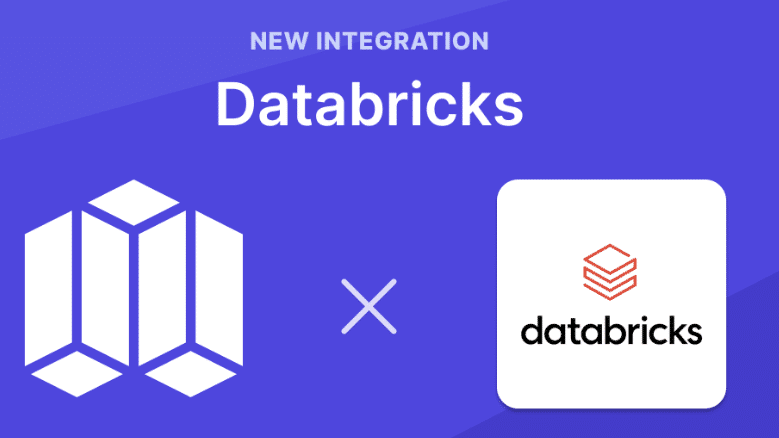
In the fast – paced world of data analytics and artificial intelligence, Databricks has emerged as a highly sought – after employer. With its innovative data engineering and collaborative data science platform, the companyattracts top talent from around the globe. If you’re eyeing a career at Databricks, one of the initial hurdles you’ll likelyface is the OA exam. This comprehensive guide will walk you through everything you need to know to ace the Databricks OA .
The Interview Process at Databricks
The hiring process at Databricks is comprehensive and typically begins with a meticulous resume screening. Recruiters look for relevant skills andexperiences in big – data technologies, software engineering, and related fields. If your resume stands out, you’ll beinvited to the next stage: the Online Assessment (OA).
After successfully passing the OA, candidates usually face one or two phone screens. These phone interviews focus on assessing technical skills throughcoding challenges and also evaluate cultural fit through behavioral questions. Candidates might be asked to solve programming problems on the spot ordiscuss their past projects in detail.
The final stage is an onsite interview, which consists of multiple rounds, usually four to five. These rounds cover coding, system design, and behavioralskills, with the goal of thoroughly evaluating both technical prowess and how well the candidate will fit into the company’s culture.
Types of Questions in the OA
Coding Questions
The coding questions in the Databricks OA are designed to test your programming skills and problem – solving abilities. They often have amedium difficulty level. While the questions may seem standard at first glance, they require a solid understanding of algorithms and data structures.
Big – Data – Related Questions
Since Databricks is a leader in unified data analytics, many OA questions are related to big – data concepts. You can expect questions on datahandling, storage, and processing, with a particular emphasis on technologies like Apache Spark. For example, you might be asked how to optimize a Sparkjob for better performance or how to handle large – scale data ingestion efficiently.
Database – Implementation Questions
Knowledge of database implementation is also crucial. You could be presented with scenarios where you need to design a database schema for a specific use– case, or questions about database optimization, such as indexing strategies for large datasets.
Real – World OA Interview Questions
Question 1: Binary Search in a Big – Data Context
Given a large sorted dataset stored in a distributed file system, how would you implement a binary – search algorithm to find a specific valueefficiently? Assume that the dataset is too large to fit into memory all at once.
Solution Approach:
- Divide the distributed dataset into smaller chunks using data partitioning in a distributed system.
- Implement a parallel binary – search where each partition is searched independently (e.g., with Apache Spark’s
mapandreduce). - Merge results from different partitions to ensure the final result is accurate.
Question 2: Spark Job Optimization
You have a Spark job that is taking a long time to complete. The job reads a large CSV file, performs some data transformations, and writes the output to aParquet file. What steps would you take to optimize this job?
Solution Approach:
- Specify the schema explicitly when reading the CSV to avoid schema inference overhead.
- Avoid unnecessary shuffles by performing local transformations before any wide operations.
- When writing to Parquet, choose an appropriate compression codec and block size for performance.
Question 3: Database Schema Design for a Data – Intensive Application
Design a database schema for an e – commerce application that needs to store product information, customer details, and order history. Theapplication should handle a large number of concurrent transactions and perform complex analytics queries.
Solution Approach:
productstable: product ID (UUID), name, description, price, category.customerstable: customer ID, name, email, address, contact details.orderstable: order ID, customer ID (FK), order date, total amount.order_itemstable: order item ID, order ID (FK), product ID (FK), quantity, price at order time.- Add indexes on frequently queried columns (e.g., order date) for analytics.
Still worried about your interview preparation?
The Programhelp team provides one-stop job hunting coaching services, covering Coding, System Design, and Behavioral questions to precisely improve your interviewperformance. 聯絡我們 now and get one step closer to an offer from a top tech company!


